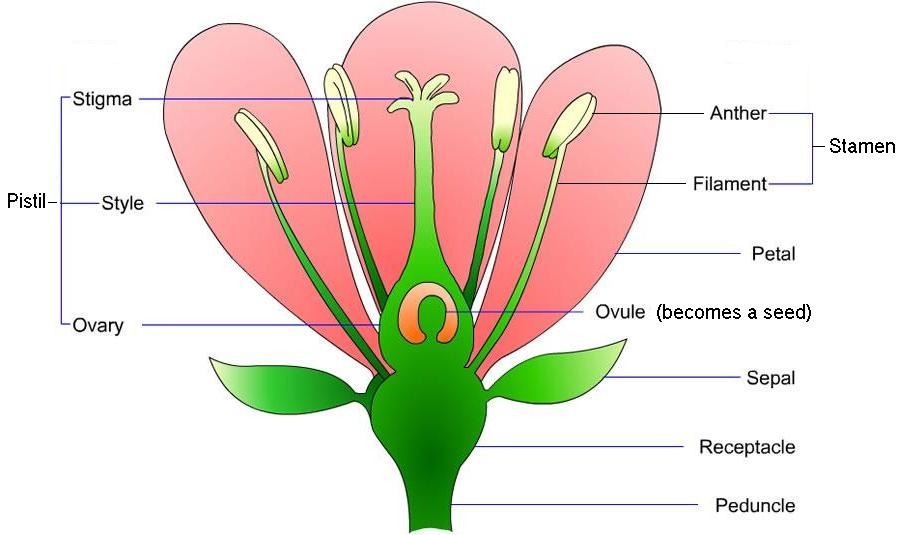What is Plantae?
Plants are fundamentally photosynthetic eukaryotes of the Plantae realm. By and large, the plant realm incorporated all living things that were not creatures, and included green growth and parasites; However, all ongoing meanings of Plantae reject organisms and some green growth, as well as prokaryotes (archaea and microbes). By one definition, the plants make up the clade Viridiplantae (Latin name for “green plants”) which is the sister of the Glaucophyta and comprises of green growth. The last option incorporates the Embryophyta (land plants) which incorporates blossoming plants, conifers, and different gymnosperms, greeneries and their partners, hornworts, liverworts, and greeneries.
Most plants are multicellular creatures. Green plants get the vast majority of Plantae their energy from daylight through photosynthesis by essential chloroplasts which are gotten from endosymbiosis with cyanobacteria. Their chloroplasts contain chlorophyll an and b, which gives them their green tone. A few plants are parasitic or mycotrophic and have lost typical measures of chlorophyll or the capacity to photosynthesize, yet at the same time have blossomed, and foods are grown from the ground. Plants are portrayed by sexual propagation and variation of ages, albeit abiogenetic generation is additionally normal.
Definition
All residing things were customarily positioned into one of two gatherings, plants and creatures. This characterization might come from Aristotle (384 BC – 322 BC), who made a qualification between plants, which for the most part don’t move, and creatures, which are much of the time portable to hold their food. A lot later, when Linnaeus (1707-1778) shaped the premise of the cutting-edge arrangement of logical characterization, the two gatherings became Vegetabilia (later Metaphyta or Plantae) and Animalia (otherwise called Metazoa). From that point forward, it has become evident that the initially characterized plant realm (Plantae) comprised numerous inconsequential gatherings, and that many gatherings of growths and green growth were eliminated into new realms. Be that as it may, these creatures are still now and again thought about as plants, particularly in casual settings.
The expression “plant” for the most part alludes to the ownership of the accompanying attributes: multicellularity, having cell dividers containing cellulose, and the capacity to photosynthesize with essential chloroplasts.
Green growth
Green growth comprises of a few gatherings of life forms that produce food by photosynthesis and are hence generally remembered for the plant realm. Ocean growth ranges from huge multicellular green growth to single-celled life forms and is ordered into three gatherings, green growth, red green growth, and earthy-colored green growth. There is great proof that earthy-colored green growth developed freely from others, from non-photosynthetic precursors that framed endosymbiotic associations with red-green growth as opposed to with cyanobacteria, and are not generally delegated plants characterized here.
Viridiplantae, green plants – green growth and land plants – make up a gathering, which contains all relatives of a typical precursor. With a couple of exemptions, green plants share the accompanying qualities; Primary chloroplasts got from cyanobacteria containing chlorophyll an and b, cell dividers containing cellulose, and food stores as starch held inside plastids. They go through shut mitosis without centrioles, and ordinarily have mitochondria with level cristae. The chloroplasts of green plants are encircled by two films, proposing that they started straightforwardly from endosymbiotic cyanobacteria.
Two extra gatherings, Rhodophyta (red green growth) and Glaucophyta (glaucophytes green growth), likewise have essential chloroplasts got straightforwardly from endosymbiotic cyanobacteria, in spite of the fact that they contrast from Viridi Plantae in the shades utilized in photosynthesis and thusly in variety. vary. , These gatherings additionally contrast from green plants in that the capacity polysaccharide is Floridian starch and is put away in the cytoplasm as opposed to in plastids. They seem to have had a typical beginning with the Viridiplantae and structure the three gathering clade Archeplastida, whose name infers that their chloroplasts were gotten from an old endosymbiotic occasion. This is the expansive present-day meaning of the word ‘plant’.
Interestingly, most other green growth (like earthy colored green growth/diatoms, haptophytes, dinoflagellates, and euglenids) have particular shades, yet in addition chloroplasts with three or four encompassing films. They are not direct relations of the Archeplastida, potentially having gotten chloroplasts independently from inbreeding or advantageous green and red green growth. In this manner, they are likewise excluded from the more extensive current meaning of the plant realm, despite the fact that they were previously.


